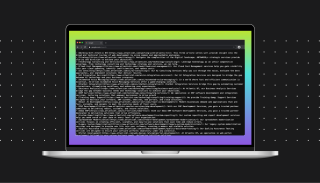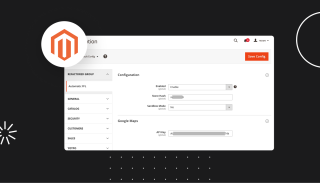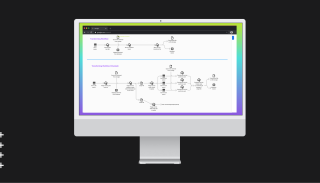Most clients think that web software development projects go through three phases. It begins with an idea, the work takes place, and then it’s complete. That’s it, all done, winner winner chicken dinner. Those of us in the industry, though, know that isn’t even close. There are a few distinct steps involved in taking an idea for an app or a website and turning it into a reality.
If you’re considering working with a team of programmers, this blog is for you. You should be aware of how these different parts of the project follow one another. Then you’ll know what to expect after you’ve signed on the dotted line. Being on the same page as your team can lead to productive collaboration and confidence.
Here they are. The five phases of web software development, in order.
#1 Discovery
The discovery phase is an in-depth, crucial first step towards the success of your project. During this phase, your programming team will learn about your vision, inside and out. They’ll gather all the details involved with the app or software you aim to create. Every piece of the puzzle matters while they prepare to put it all together.
At the end of the discovery phase, the team will look into the past. They’ll want to know what you’ve been doing, who you are, and what inspires you. They will ask questions about your organization and its members and customers. Other questions will cover your long-term goals and who your competitors are. (They’ll be sure to take a look at what those guys are doing, too.) Learning about these details takes time and attention. But it’s worth it. It will pave the way to an actionable software development strategy.
#2 Design
During the design phase, the visual components of your software will begin to take shape. Your development partner will start putting together mock-ups, flowcharts, and other tools. These will all help you to start to see and understand the interface of your software. They’ll also get to work outlining the specific features and functions of your app. By the time the project is complete, you’ll have a firm grasp on everything. You’ll know exactly what your web software will do and have a good idea of how it will look to users.
This is also one of the most creative parts of software development. Anything is possible at the very beginning. Finding the right balance between the fantastical and the rational is the sweet spot. That’s where your project can find its footing and be able to stand out. The right programming team will include you every step of the way.
#3 Development
Now that your project has moved into development, it’s time for your hired programmers to get to work. They’ll create and dig through thousands of lines of software code to reach your shared goals. It will be important to them to ensure that you get exactly what you asked for. The resulting piece of software will be efficient and stable. It will also be compatible with many different systems and platforms.
You might not hear from your programming team very often during development. Don’t worry. You can put trust in the right team to do what they need to, without having to look over their shoulders. This is the stage where the real magic happens. If the communication has been solid during the first two phases, then this phase should be a smooth ride.
#4 Deployment
Deployment is all about putting your custom web software to use. It’s ready to make its big debut! Your hard work and efforts have culminated into a project you can be proud of. After putting your software on the web, you can finally see how others respond to your new service. There it is, now able to bring enjoyment to your organization and its customers or users.
But wait! The job isn’t done yet. After releasing your software, a good programming team won’t disappear. They will keep track of the sites performance to ensure everything works as expected. Does the software hold up under the weight of increased usage? If so, then you’re doing something right. Has it created any openings for hackers? If your security is strong, then you have a product that is trustworthy. You can count on your new project to provide great service and peace of mind for the long haul.
#5 Delight
Your web software idea has become something useful. You should be very pleased and proud of how far you’ve come. Now it’s time to enjoy your success. You can also begin to think about future adjustments and improvements. After all, time in the tech world moves fast. You’ll want your software to stay up to date so you don’t have to go back to the drawing board over and over and over again. It’s not unusual for a finished piece of software to find new uses that would make it even better.
The most important thing that often gets forgotten is the joy of the process. Such projects create hassle, stress, and pressure by nature. It’s unavoidable. But despite this, a great software project can be, and usually is, a lot of fun. Enjoy it. Be creative. Take risks. Opportunities like this don’t come by often. You’ve also made the lives of your customers and co-workers easier. What could be better? Be sure to take it all in.
Want to Do More on the Web?
Web software development is all about adding new features and functionality to your website. That could translate to increased sales, data automation, or just fewer hassles in your day. To learn more about custom programming and what it can mean for your company or organization, contact the experienced team at Atlantic BT in North Carolina today.








